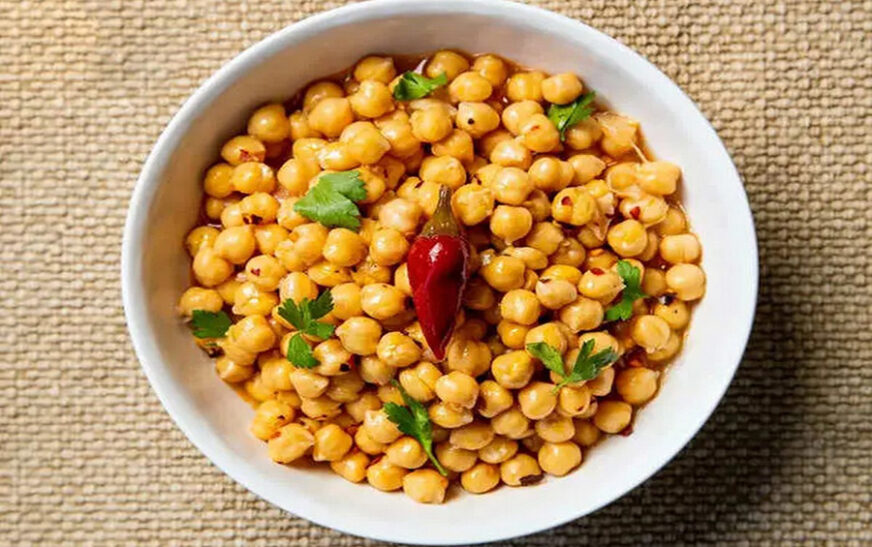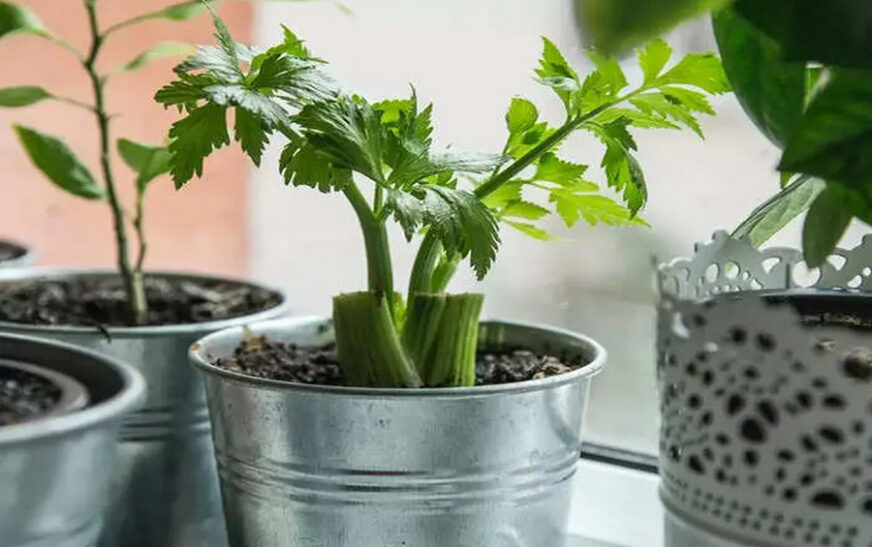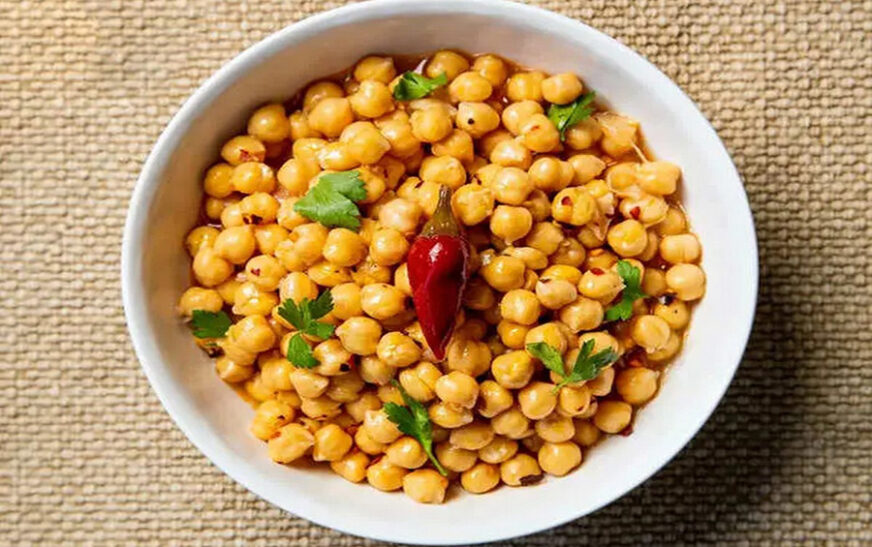Chestnuts, the seeds of the chestnut tree from the Castanea genus, stand out among nuts for their starchy composition and distinct sweet potato-like flavor. With a rich culinary history spanning Asia, Europe, and the Americas, chestnuts offer a wealth of nutritional benefits and versatile culinary applications.
What are Chestnuts?
Distinguished by their lower fat and higher carbohydrate content, chestnuts are commonly enjoyed roasted or boiled to accentuate their sweet and nutty taste. Encased in a hard shell, they come in various forms, including fresh, dried, and as chestnut flour.
Nutritional Value
Chestnuts boast a unique nutritional profile:
- Low Fat: Offering less fat compared to most nuts, they’re ideal for those seeking a lower-fat nut option.
- Rich in Carbohydrates: Serving as a reliable source of complex carbohydrates, they provide sustained energy.
- Dietary Fiber: Abundant in dietary fiber, chestnuts promote digestion and satiety.
- Vitamins and Minerals: Packed with essential nutrients like vitamin C, vitamin B6, folate, potassium, and magnesium.
Health Benefits
Incorporating chestnuts into your diet can yield numerous health advantages, including:
- Heart Health: Their low-fat content and high fiber levels may help lower cholesterol and reduce heart disease risk.
- Weight Management: Complex carbohydrates and fiber aid appetite control, facilitating weight management.
- Digestive Health: Dietary fiber supports healthy digestion and gut function, preventing constipation.
- Antioxidants: Rich in antioxidants, chestnuts protect cells from damage and lower the risk of chronic diseases.
Culinary Uses
Chestnuts offer diverse culinary possibilities:
- Roasting: Enjoy roasted chestnuts for a warm, nutty treat during colder seasons.
- Boiling: Add boiled chestnuts to both savory and sweet dishes, enhancing flavor and texture.
- Chestnut Flour: Ground chestnuts create gluten-free flour, perfect for baked goods like bread and cakes.
Types of Chestnuts
Different chestnut varieties include:
- European Chestnuts: Common in European cuisine, they offer a slightly sweet flavor.
- American Chestnuts: With a sweeter taste, they were once plentiful in North America.
- Chinese Chestnuts: Popular in Asian dishes, prized for their sweetness and crunch.
How to Buy and Store Chestnuts
When purchasing chestnuts, opt for firm, plump nuts free from blemishes. Fresh chestnuts should feel weighty. Store them in a cool, dry place for a few weeks or refrigerate for extended freshness.
How to Add Chestnuts to Your Diet
Incorporate chestnuts into your meals:
- Snacking: Enjoy roasted chestnuts as a wholesome snack.
- Stuffing: Enhance holiday stuffing with boiled or roasted chestnuts.
- Soups and Stews: Add chopped chestnuts for flavor and nutrition.
- Desserts: Utilize chestnut flour in gluten-free dessert recipes.
Unique Uses and Benefits
- Chestnut Honey: Known for its dark color and robust flavor.
- Animal Feed: Provides nutritious feed for livestock.
- Chestnut Wood: Valued for its durability in furniture making and wine barrel construction.
Precautions and Potential Side Effects
While generally safe, consider the following:
- Allergies: Rare but possible; consult a healthcare professional if allergic to nuts.
- Moderation: Due to their carbohydrate content, consume chestnuts in moderation.
- Cooking: Always cook chestnuts before eating to aid digestion.
Incorporating chestnuts into your diet offers a flavorful and nutritious experience. With attention to moderation and potential allergies, chestnuts can be a wholesome addition to various dishes, contributing to overall well-being.










